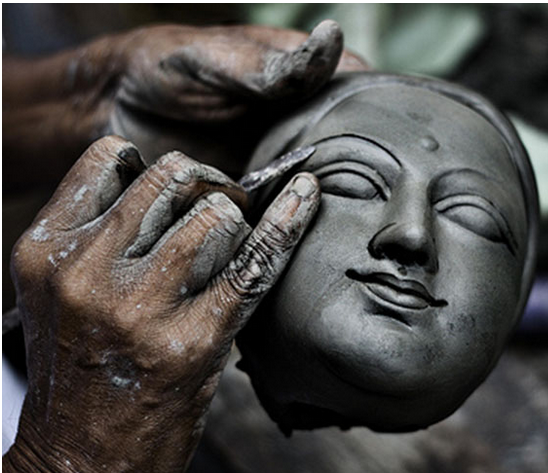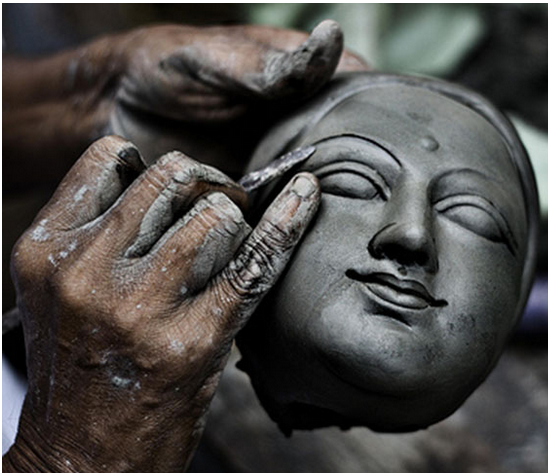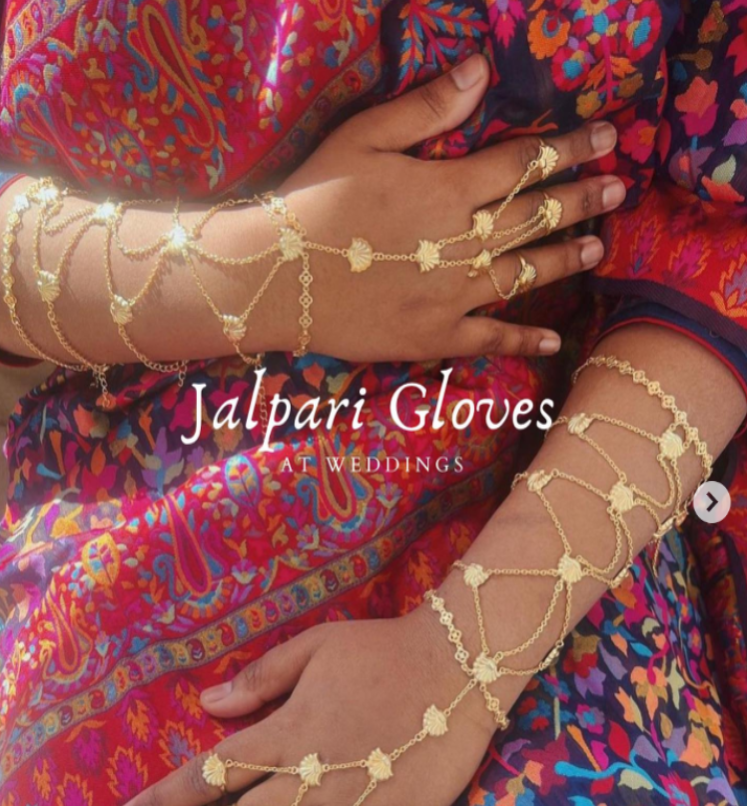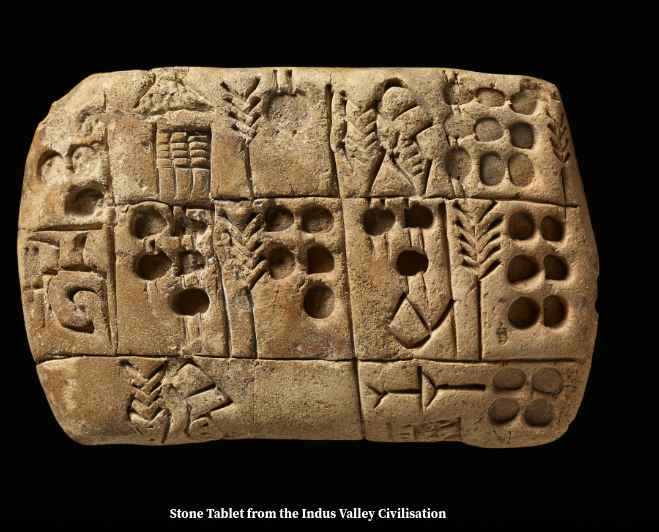Blogs

We down to get our hands dirty?
01 Jan 24
By Owner
Time : 492 days 22 hours 58 minutes 50 seconds ago

The term handmade itself suggests that a lot of hardwork and manual labour goes into it.
The term handmade itself suggests that a lot of hardwork and manual labour goes into it. It is made with perfect imperfections, uniquely distinguishing one piece from another. For example, two identical terracotta pots from Rajasthan, may not look alike at all when observed closely. This evokes a curious spirit and instils a mindset of interest among consumers. The feeling of owning something special, rather than one among many copies of factory made products.
Handicrafts and handlooms are much more than the skill and labour that goes into making them. They carry the rich heritage and culture associated with their geographical indications, for generations to come. Most important of all, quality plays a vital role in their making. The authenticity, long lasting nature, earthy feelings associated with them, are magical indeed!
Handmade or hand crafted things have always been a part of Indian culture. The benefits that come with tailored to our needs is endless. Sometimes it represents people, their preferences taking pride in revealing their homegrown aesthetics. It creates a mindset among people that such masterpieces not only fall under national representation, but also are a part of their personal lives. One such example is the art of Rice Writing, where names or beautiful messages are minutely written on a grain of rice and generally gifted to loved ones.
There will always be an interest in handmade products in the Indian market, as it is a part of our lifestyle itself. One common example is the usage of home made masala in cooking. This is generally preferred over store bought condiments owing to a difference in taste. If we consider only chilli powder for instance, the recipe has different iterations in different households. It is again tailored to suit the family’s taste preferences.
Only the perspectives of handmade will differ, having new meaning from time to time, falling under the same umbrella of using hands.
Another factor for the growing fame is the discussions related to creating a sustainable environment for the future, reduce waste generation and harmful effects of pollution on the planet, and battle climate change. Handmade products are traditionally biodegradable and recyclable in nature. They pose no ill effects to the environment.
People have always found activities like knitting, crochet, basketry etc., traditionally as forms of leisure in many Indian households. Home utility products or interior decor are generally made. These activities have evolved to suit modern aesthetics and requirements as well. Introduction of handmade or tailored tourism packages are one such example.
On observing this article we realise that most of the processes and dishes mentioned are traditionally handmade and have always been a part of Indian cuisine. The ideas revolving around the nostalgia has been discussed extensively. This mindset among people makes them a part of all the reminiscing experiences of their childhood. Common practices like passing down the family heirloom for generations portray the value of these elements in our lives.
The preciousness of wearing your mother’s vintage handwoven wedding sari, fragrance of grandma’s herbal hair oil, refreshing taste of drinking cold water from handmade terracotta pots during hot summers, vividness of peering into an old kaleidoscope lying at home, watching in awe as broken pieces of glass bangles form patterns, and sounds of nature creating remembrance on the bond between our shuffling hands and the rich resources of பூமி (Bhoomi)*.
*பூமி pronounced as ‘Bhoomi’ means ‘Earth’ in the Tamil language
Words by Dhivya Darshini, Edited by Poornima Santhanam








